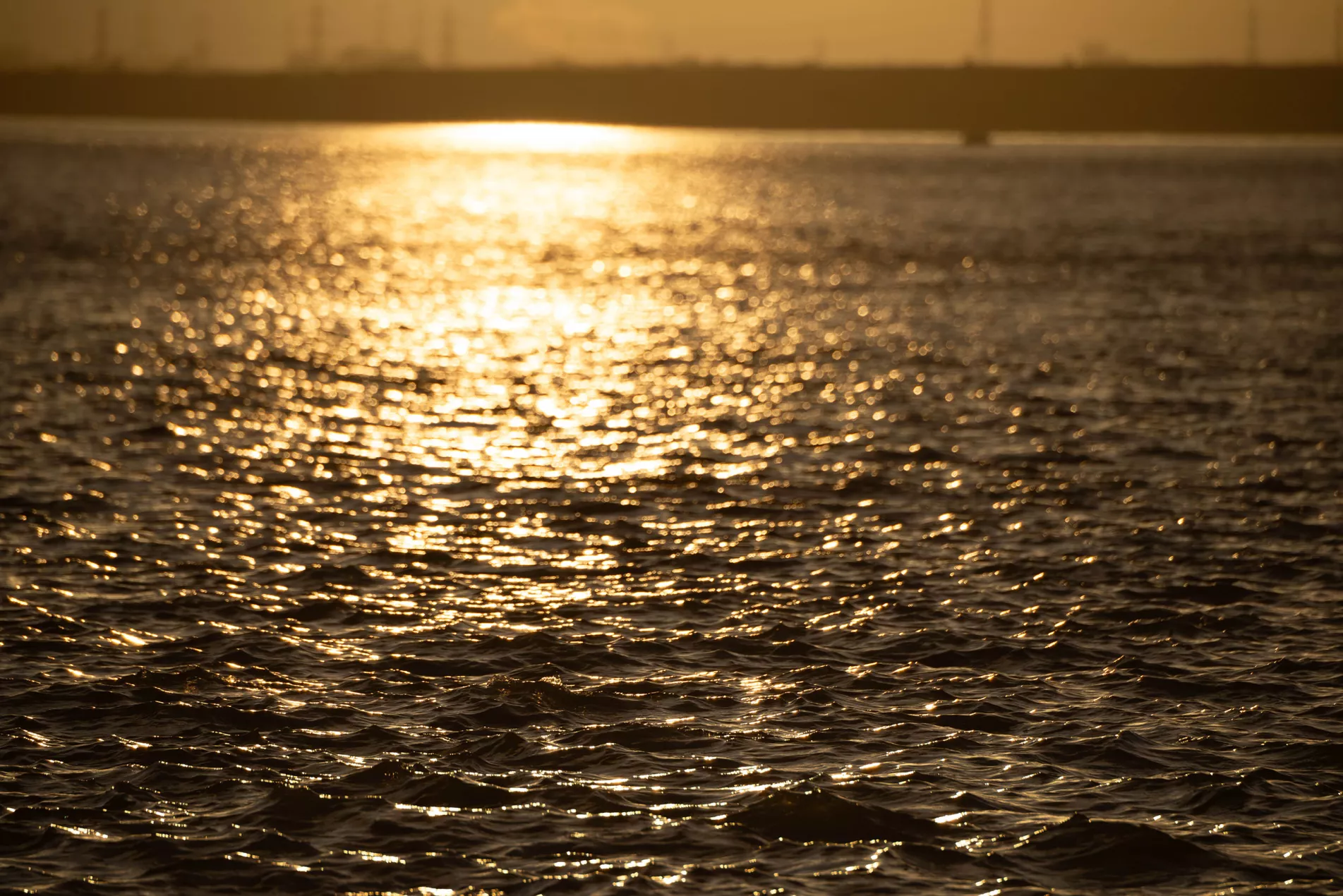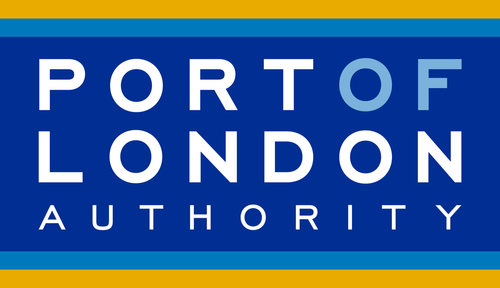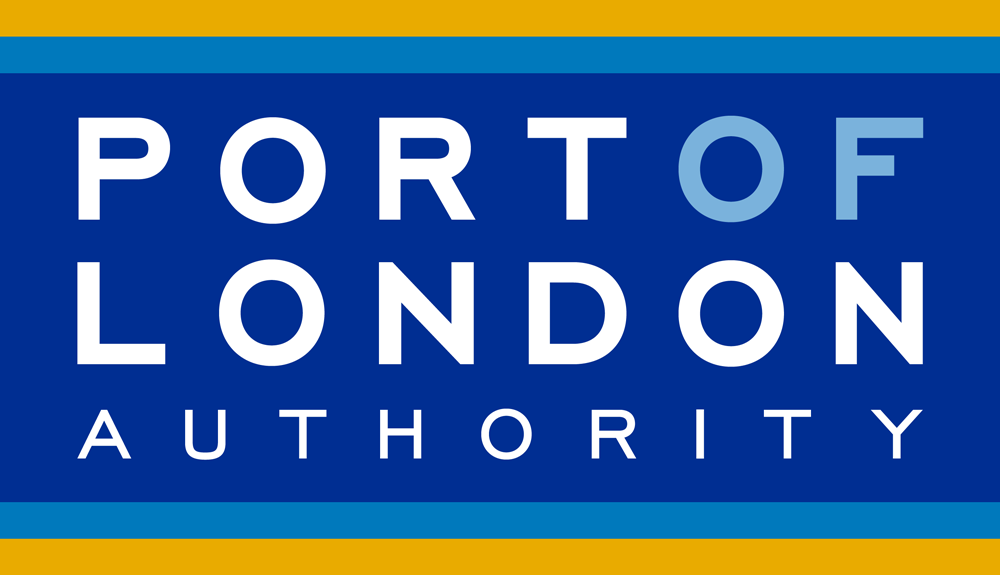Live Tides
NOTICES TO MARINERS
Charts & Surveys
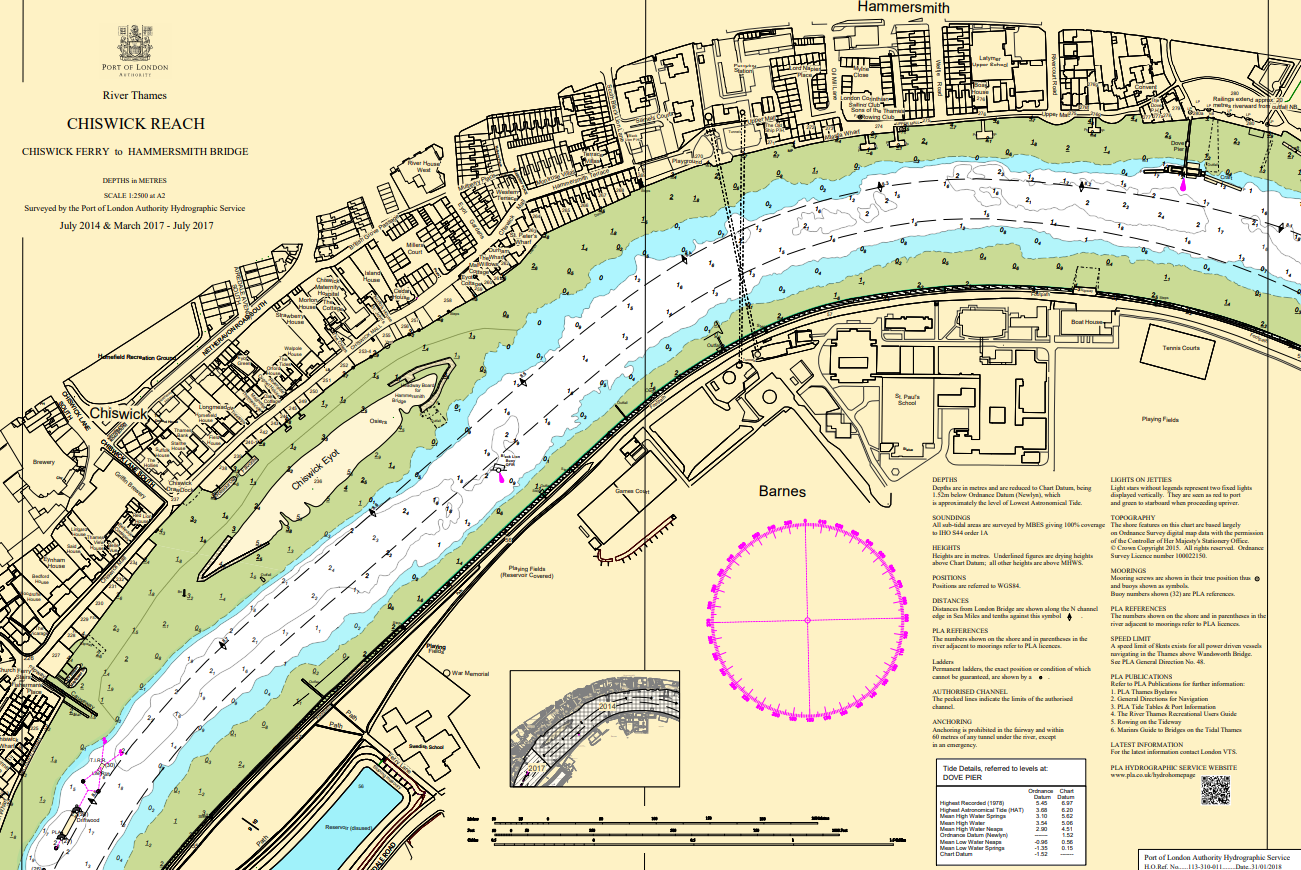
Incident reporting
Life-threatening emergencies on the river:
Call 999 and ask for the Coastguard
For near miss, safety observations and incident reporting click below
Paddler passion
Natalie Maderova
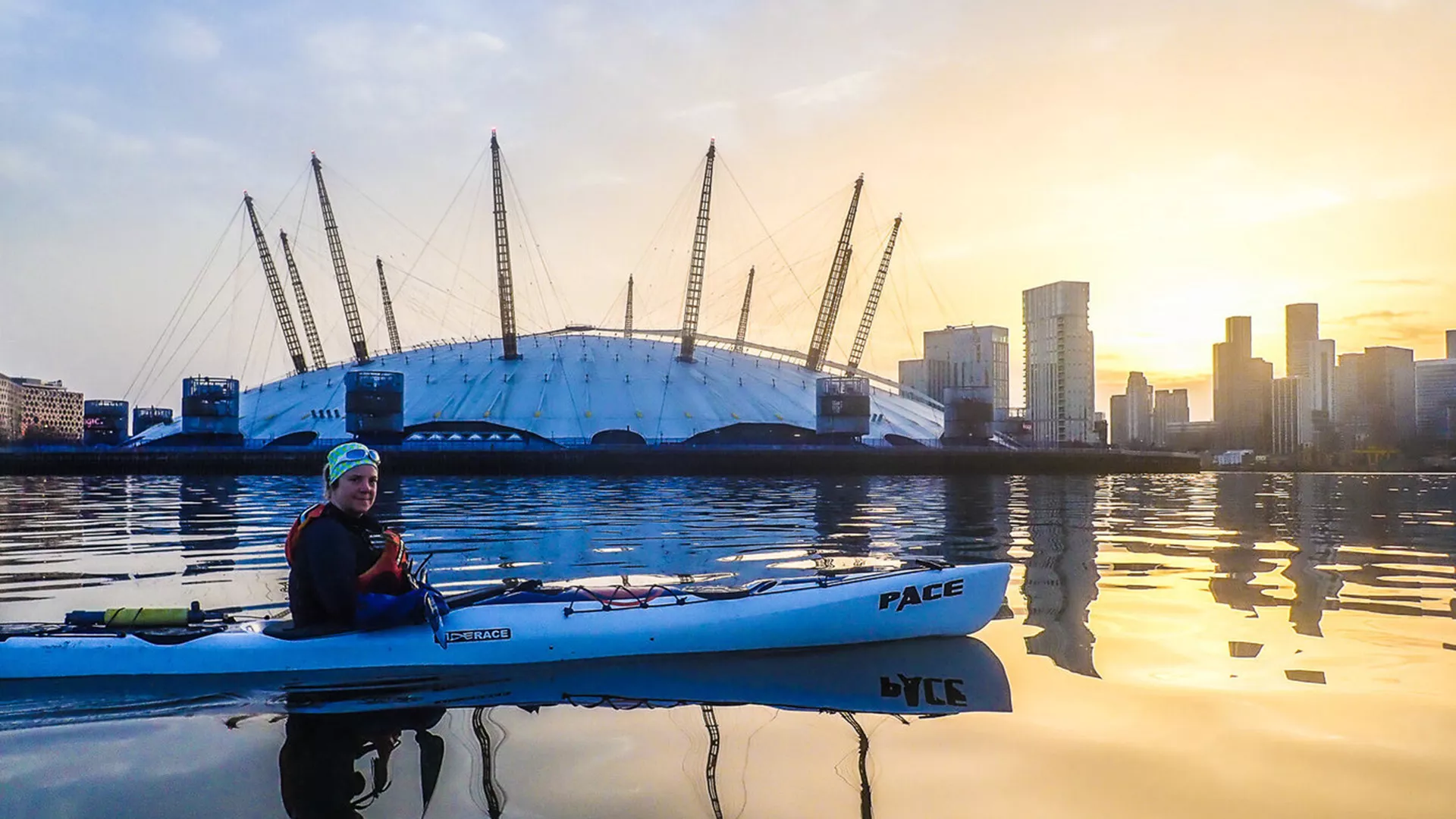
A trip to the Isles of Scilly over a decade ago triggered a love of paddling and the Thames for Czech-born kayak coach, Natalie Maderova. She balances her day-job as a teacher of children with special educational needs in East London, with her personal and professional passion for the river. Training people from all around the UK and beyond to kayak and paddleboard, she now feels the river is her 'home water.'
Source of inspiration
"I live on the Isle of Dogs, so the river is all around me.
"I see it every day.
"It is my most easily accessible blue space.
"It’s where I go to escape the city - to exercise, relax, or simply meet with friends.
"Every time I go, it is as exciting as the first time.
"It is my 'home water,' as paddlers say."
Getting Started
"In 2009, my husband and I went on a paddling holiday to the Isles of Scilly.
"It seemed the best way to get around.
"Once back in London, we became members of a local club in Shadwell Basin.
"I didn’t really enjoy kayaking that much to begin with.
"It was always cold and wet. I was very afraid of the waves too.
"Then, in 2012, my husband talked me into paddling around Britain - leaving from Shadwell, paddling down to the estuary, turning right, coming back four months later.
"I left as a tourist but returned a paddler."
Royal Inspiration
"Originally, Sixknots was the name we gave to our paddling blog, highlighting the speed we like to maintain afloat, as recommended by the PLA to all kayakers in the 2012 Queen’s Diamond Jubilee Pageant.
"Over time, we adopted it to brand our business, having spotted a gap in the market training would-be paddlers in the heart of the capital, particularly on the specific safety issues that need to be considered on the London stretch of the river."
Pandemic Memories
"At first, when Covid-19 started, we could not paddle.
"We just had to be content with walking along the Thames.
"It was fascinating to see the river so quiet, without any traffic.
"In many places, the water became quite clear.
"With no boat movements to churn up sediment, you could even see the riverbed. It was amazing.
"Once paddling was allowed again, unable to leave London, we took the opportunity to explore every nook and cranny of the river through the capital.
"I remember vividly the wonder of crossing the river, entering Deptford Creek, then paddling up the Ravensbourne, passing through an overgrown park, which felt like the Amazon, ending up by Elverson DLR."
Personal & Professional Connections
"I get out on the river whenever I can. Usually several times a month, sometimes every week. All weekend, if I can.
"When I go out on the river for pleasure, I appreciate it in a very different way than when I am teaching and responsible for others’ safety.
"During my personal time on the river, I let it speak to me, rock me, and lead me to interesting places.
"When I am teaching, it’s different. I become intensely aware of every movement, every wave, every gust of wind, every noise."
River with a View
"I love paddling downstream, passing the Thames Barrier and the Woolwich ferry.
"Beyond that, the river opens really wide.
"It becomes easy to imagine what it might have looked like in times gone by.
"I like the old industrial remains and the salt marshes along the banks.
"I also love the view from the water across towards St Paul’s Cathedral.
"It’s a journey I have made hundreds of times.
"Any state of tide, any time of the day, it’s still my favourite.
"I must admit, though, I also have a weak spot for sunrise over Rainham landfill."
Hopes & Fears
"It’s good to see the Thames becoming cleaner, less notorious for sewage.
"The efforts of local groups to clean up the river make me happy.
"In coming years, I hope the riverside becomes even more accessible to people, and that new developments don’t take over.
"I was sad to see some of the old industry and businesses disappear due to modern developments.
"Too many pleasure and party boats are another concern for me.
"My fear is they could make the river less friendly to human-powered vessels."
Local Knowledge
"Securing my PLA Local Knowledge Endorsement in 2021 was an eye-opening and useful process.
"I particularly enjoyed learning all the names of places along the tidal Thames, as well as the laws and regulations governing safety on the river."
Safety First
"Anyone who wants to paddle on the Thames needs to take their safety seriously.
"It is important to understand that the river has a tidal range of seven meters.
"The currents are very fast too.
"You must have a suitable boat and equipment.
"A cheap, inflatable boat is not suitable.
"You also need to be able to manoeuvre your vessel and stay upright, not capsize.
"Wearing a buoyancy aid is a must.
"No one should launch on the river without one, making sure it’s correctly fitted.
"It’s a good idea to get a feel for paddling via a taster session, with an experienced coach.
"Many local clubs on the river run them.
"The advantage is you don’t have to spend lots of money on equipment, before knowing if it’s the right sport for you.
"Taking risks in the water is not worth it. That’s when incidents happen."
Quick Fire
- Other hobbies? Journeying, reading, being creative with whatever I do.
- The river in three words? Exciting. Unforgiving. Unforgettable.
- Best Thames watering hole? The Waterman’s Arms on the Isle of Dogs. Once, they even allowed us to store three kayaks and an open canoe in the bar overnight. It’s that sort of place. The staff are great.
Related content
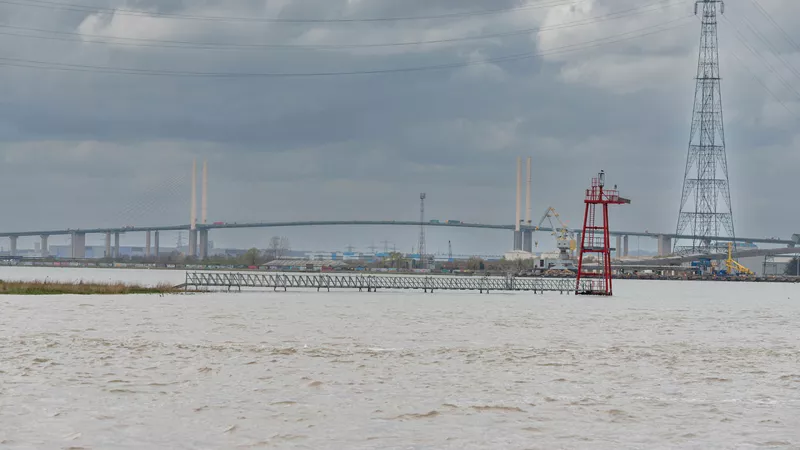
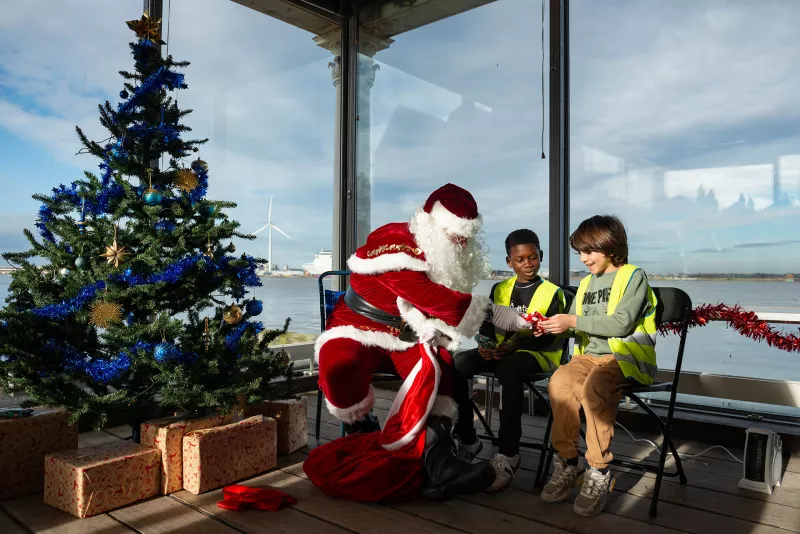
Location: London/Gravesend Remuneration: £28,971 per annum for a commitment of up to 24 days per...

Discover
